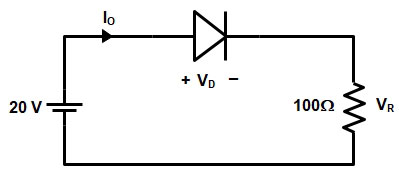The most common type of floodlight is the metal-halide lamp, which emits a bright white light (typically 75-100 lumens/Watt). Sodium-vapor lamps are also commonly used for sporting events because they imitate daylight conditions, and colors appear natural.
They have a very high lumen-to-watt ratio (typically 80-140 lumens/Watt), making them a cost-effective choice when certain lux levels must be provided.
